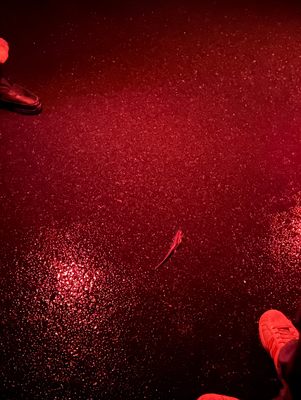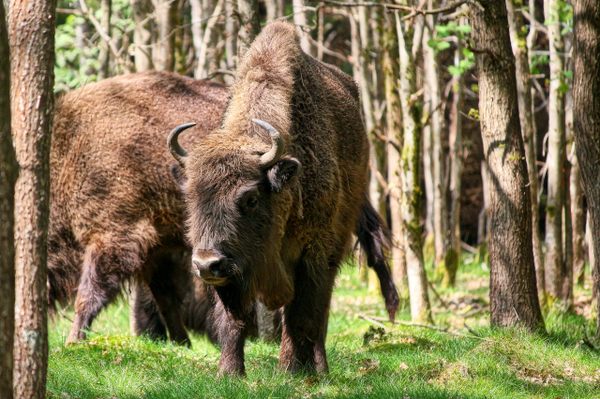About
For a few days every year from late March to early April, hundreds of spotted salamanders travel through underground tunnels to avoid being crushed by road traffic in Amherst, Massachusetts.
Henry Street is a two-lane roadway in North Amherst. It creates a dangerous divide between the area where salamanders burrow in the winter and the small ponds where they mate and lay eggs in the spring. In 1987, the Hitchcock Center for the Environment, Amherst Department of Public Works, University of Massachusetts, Massachusetts Audubon Society, and local residents worked together to build two tunnels, 200 feet apart, as well as short fences that help migrating salamanders find the tunnels. The crossing structures are quite small, measuring about about 10 inches high and six inches wide.
To residents of Amherst, these tunnels represent a tradition that began in the 1980s. Before the tunnels were created, Amherst volunteers created the "bucket brigade" which consisted of people stopping traffic and carrying salamanders in buckets from one side of the street to the other so that they could mate at nearby vernal pools. These tunnels are also used by wood frogs, and they draw an impressive crowd every spring.
Pictures are hard to come by because flash photography disorients the salamanders, so, you just have to see for yourself.
Related Tags
Know Before You Go
Visitors often park at Cushman Market down the street to see the salamanders, as Henry Street itself will be blocked off by police. It's also the norm to wear red headlamps and to not use flash photography as it confuses the animals. You can sign up for volunteer updates and find more information about migration times at the Hitchcock Center for the Environment.
Community Contributors
Added By
Published
April 25, 2023


























